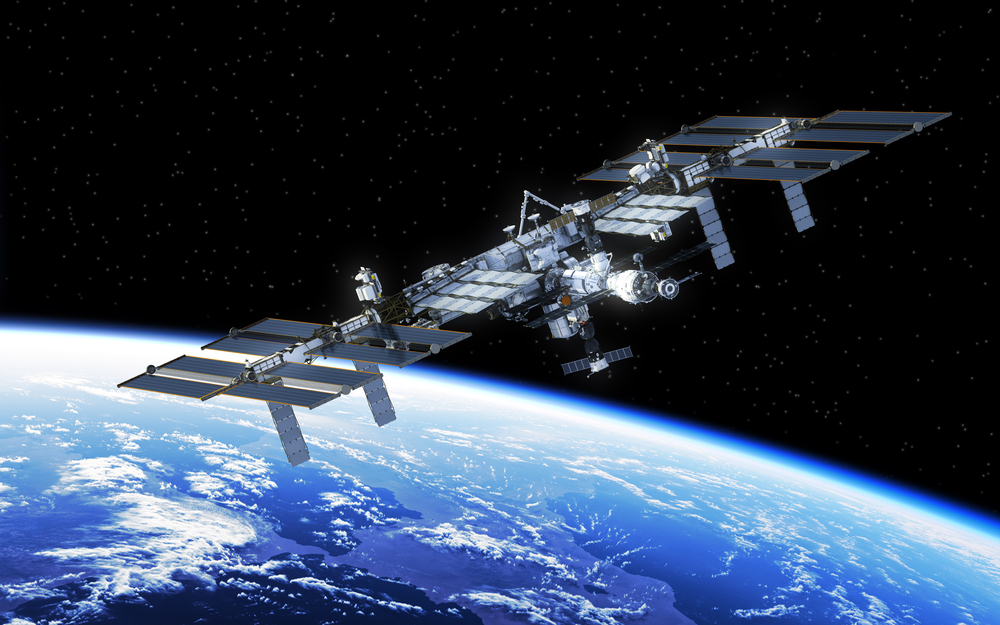
The future of the International Space Station (ISS) may lie in the hands of companies looking to invest in new opportunities in the lower Earth orbit.
Al DeLuna, executive vice president of the American Astronautical Society and principal consultant of ATDL, said during a panel on commercial space at the ISS R&D Conference 2017 that additional help from the private industry is necessary for ISS to remain commercially viable.
“For ISS to remain commercially viable and for other lower orbit platforms like ISS to be viable we have to expand the use of the ISS,” DeLuna said during the July 20 panel. “We’ve got folks trying to do this but in the past they’ve been generally on two ends of the spectrum—self-funded entrepreneurs and smaller players who are dependent on investments from venture capitalists and the government.
“We needed this middle ground that could bring in their own money and develop their own systems and then sell them to customers,” he added.
Frank DeMauro, vice president and general manager of the Advanced Programs division at Orbital ATK, said during the panel that the company’s Cygnus spacecraft was originally started to assist ISS, but quickly grew into something more, showcasing the possibilities.
“What we’ve come up with is a space craft that not only delivers cargo to the spacecraft but had been evolving into more of a science platform and a multiuse space craft,” he said. “What we’ve learned over time is that more is needed and we’ve been able to evolve Cygnus into something that can do more than just deliver the cargo.
“Our primary mission is delivering cargo but we are continuing to look at how to expand the capability of Cygnus.”
DeMauro explained that Cygnus currently supports payloads in lower orbit and deploys payloads off the spacecraft. The advancements are a result of internal investment from ATK, as well as investments from NASA.
Along with taking cargo up to lower orbit earth, there is a push to take passengers as well.
“The next step is where Boeing sits and that is on the threshold of taking passengers back and forth, with NASA being our flagship customer but we certainly hope that the business does not stop there,” Chris Ferguson, CST-100 Director of Crew and Mission Operations at Boeing said.
According to Ferguson, it could be possible for Boeing to provide transportation to foreign governments who want to utilize ISS and other spacecrafts, but lack the infrastructure to do it themselves. He also said it would be possible to bring tourists.
Ferguson said Boeing has two test missions and six service missions scheduled through 2024.
Jeffrey Manber, CEO of Nanoracks said he’d like to view the government as more of a customer for his company, which markets hardware and services aboard ISS.
“We hope that evolution continues and the next step for us is to see the government become more and more as a customer, just a plan customer and allowing the private sector to truly have the imagination and the freedom that in every other sector we enjoy in our relations with the government,” he said. “We are beginning to see a very interesting market for satellite deployment from space stations.
“I happen to believe that over the next {five-to-seven] years were are going to be very disruptive for the large vehicle market and the desire to launch on demand,” he added.
Also speaking during the panel were Steven Lindsey, Vice President Space Exploration Systems, Sierra Nevada Corporation and Carlo Mirra, Director, Space Products Sales, Airbus Defence & Space, TMST, Director, Space Products Sales.




